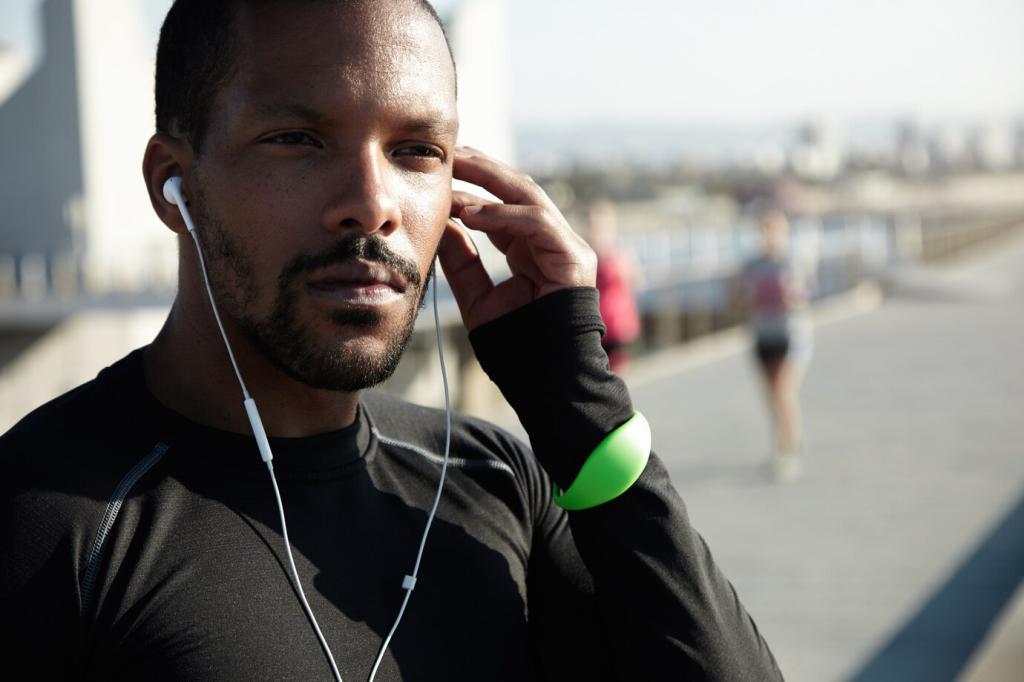A Moving Body Scan
Every ten minutes, scan crown, jaw, shoulders, arms, hands, ribs, hips, knees, and feet. Unclench what is tight, encourage what is lazy. Set watch reminders for three rounds today, then tell us which checkpoint delivered the biggest ease.
A Moving Body Scan
Drop your shoulders away from ears, let elbows swing back, and rest thumbs gently against forefingers. Imagine holding a potato, not a fist. Notice your stride quiet and breathing loosen. Comment if this tiny cue kept your pace consistent longer.









